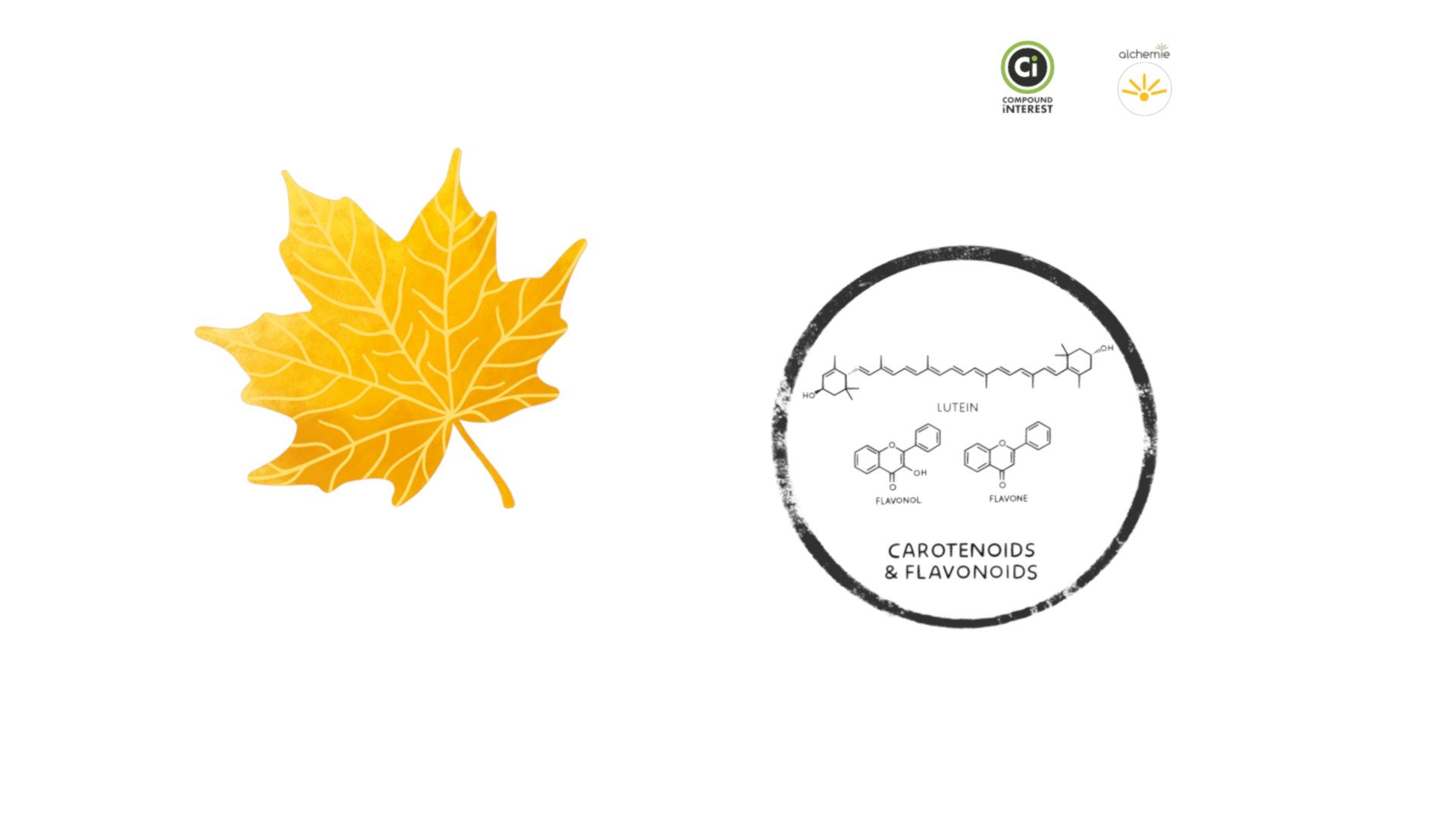
Chemistry of Fall Leaves
sketchfab
As the seasons change and summer's warmth gives way to autumn's chill, a kaleidoscope of colors bursts forth from trees across the landscape. But have you ever wondered what chemicals are responsible for this breathtaking display? Let's take a closer look. The vibrant hues of fall are rooted in the unique properties of certain compounds found within leaves. Chlorophyll, the green pigment that allows plants to absorb sunlight and fuel photosynthesis, begins to break down as daylight hours shorten and temperatures cool. As chlorophyll fades, other pigments hidden beneath its surface start to emerge. Carotenoids, responsible for yellow, orange, and brown colors, have been present in leaves all along but were previously masked by the green hue of chlorophyll. These pigments are derived from fruits and vegetables, such as carrots and sweet potatoes. Anthocyanins, a class of powerful antioxidants, also contribute to the red and purple tones of fall foliage. Produced in the fall as sugar levels rise within leaves, anthocyanins protect plants from excessive sunlight and help prepare them for the cold, dark months ahead. The interplay between these chemical compounds creates an ever-changing tapestry of color that is both breathtakingly beautiful and deeply rooted in science. So next time you step outside to enjoy the fall foliage, remember the intricate chemistry that brings it all to life. Check out more by visiting Compound Interest's infographic: https://i2.wp.com/www.compoundchem.com/wp-content/uploads/2014/09/Chemistry-of-Autumn-Leaves-2018.png Powered by Alchemie https://www.alchem.ie
With this file you will be able to print Chemistry of Fall Leaves with your 3D printer. Click on the button and save the file on your computer to work, edit or customize your design. You can also find more 3D designs for printers on Chemistry of Fall Leaves.
